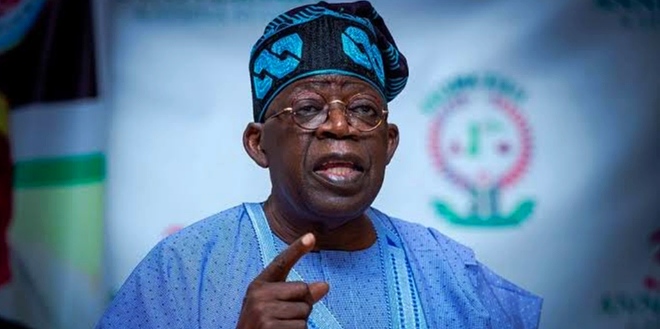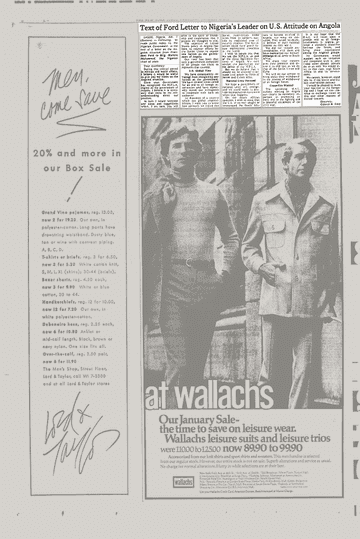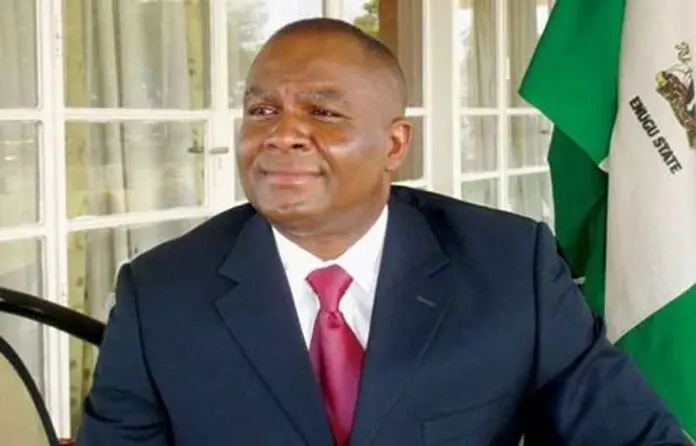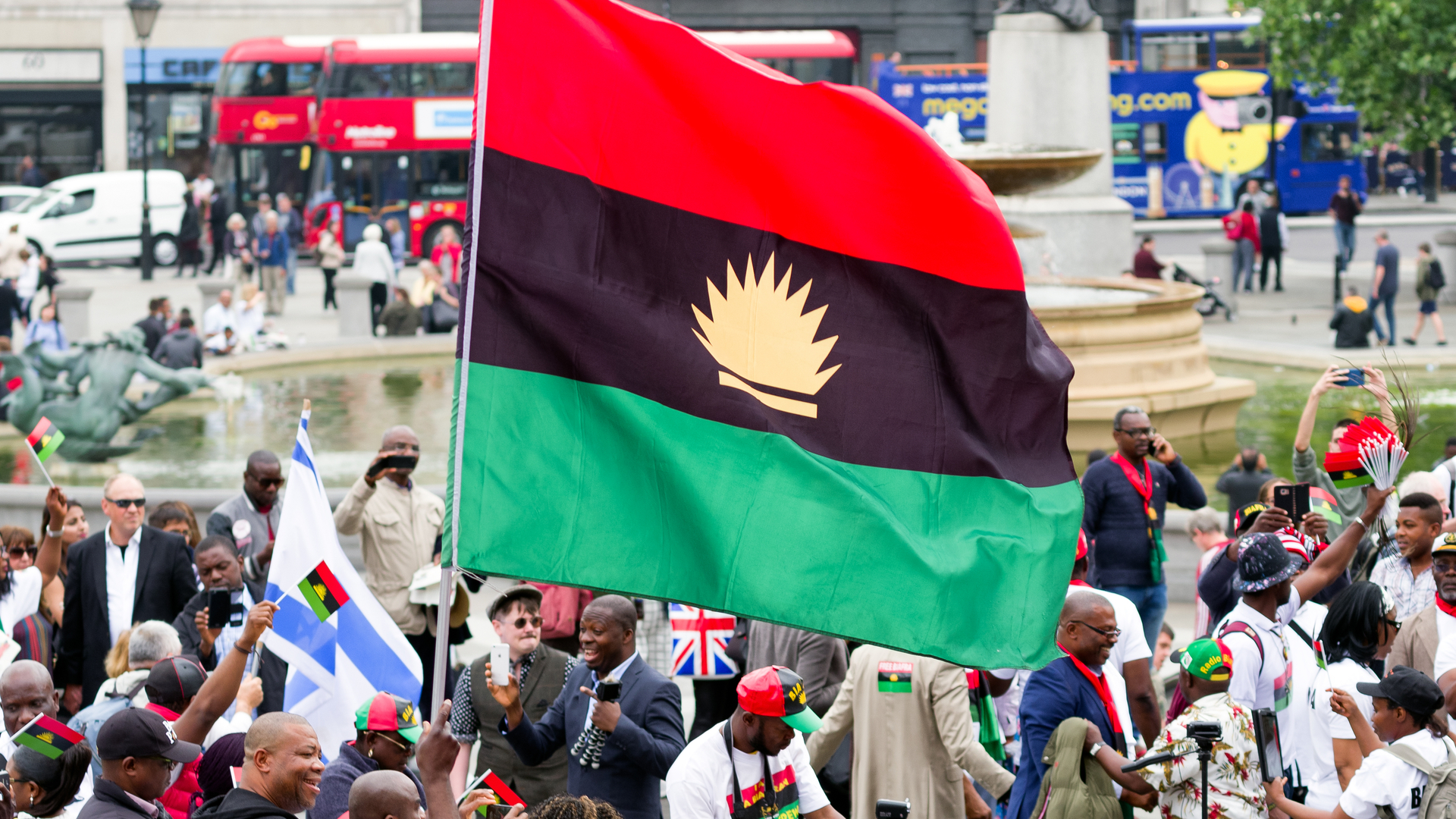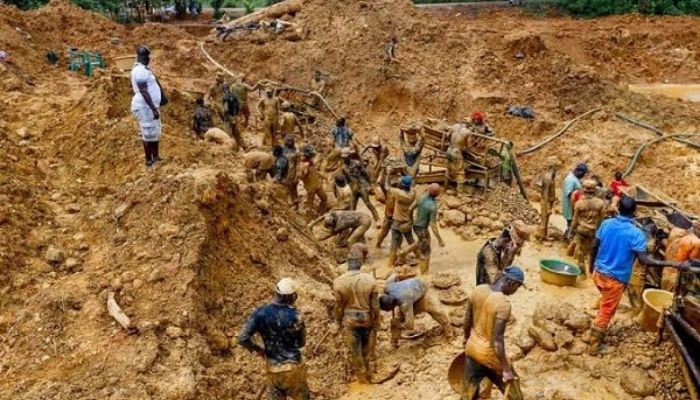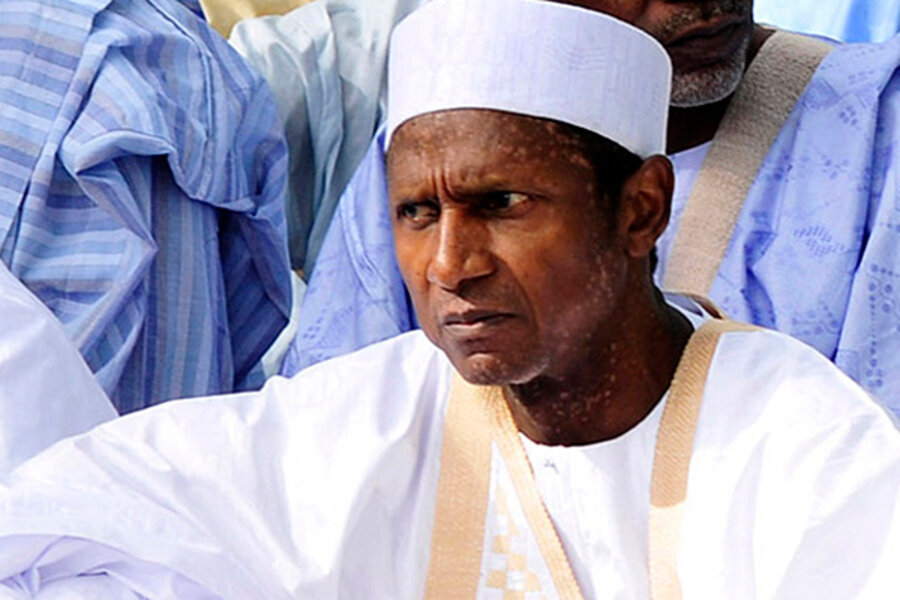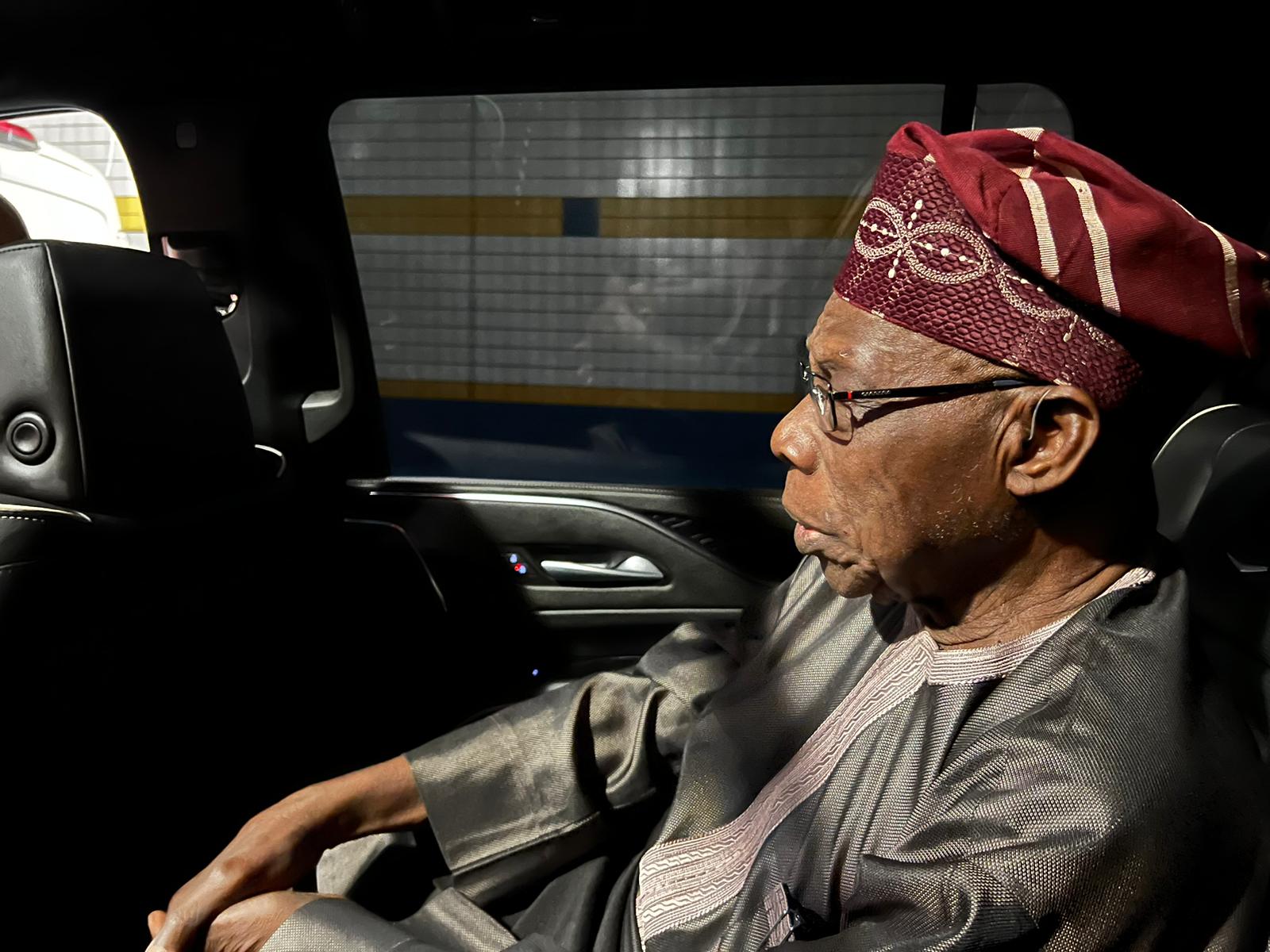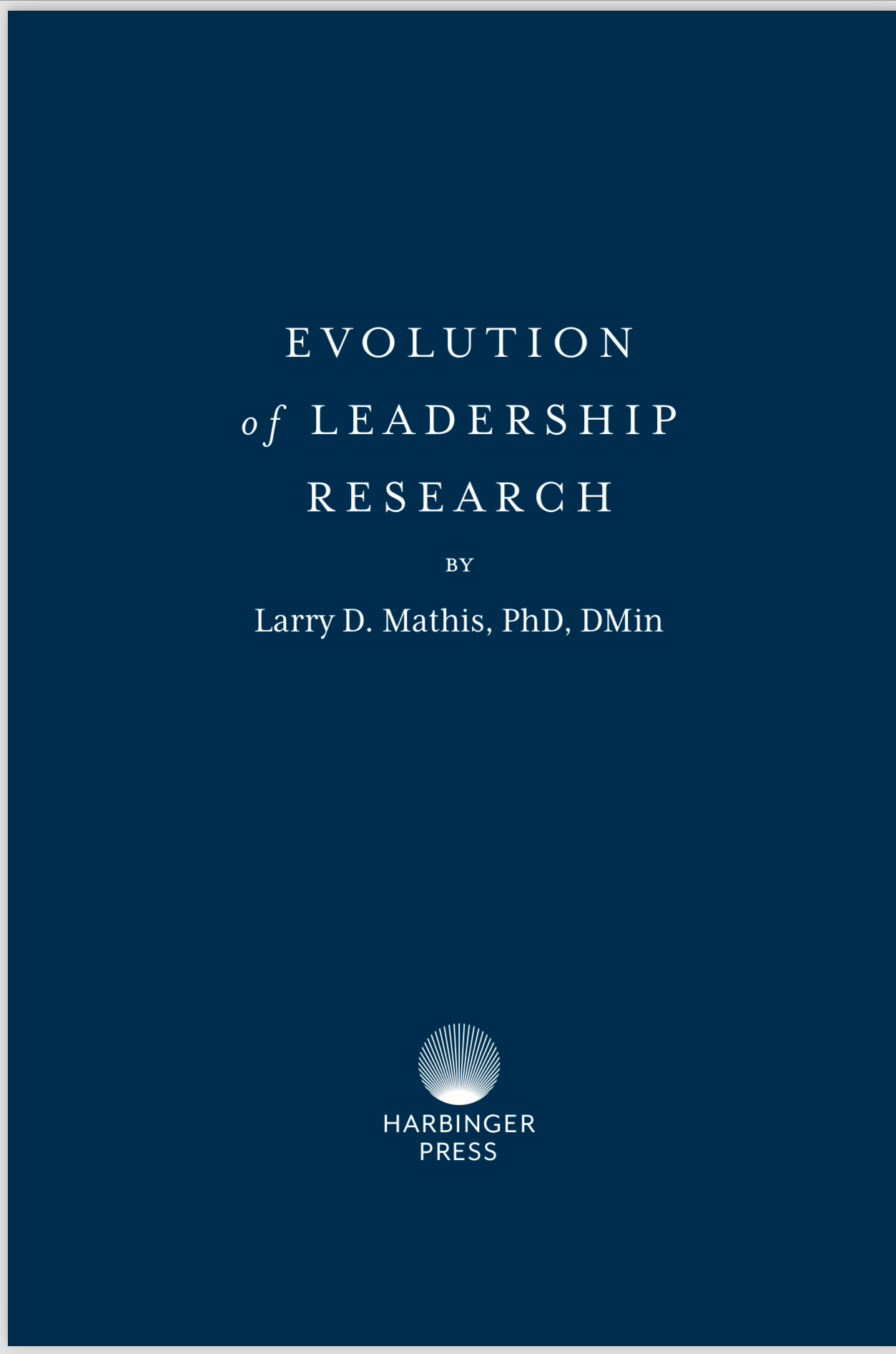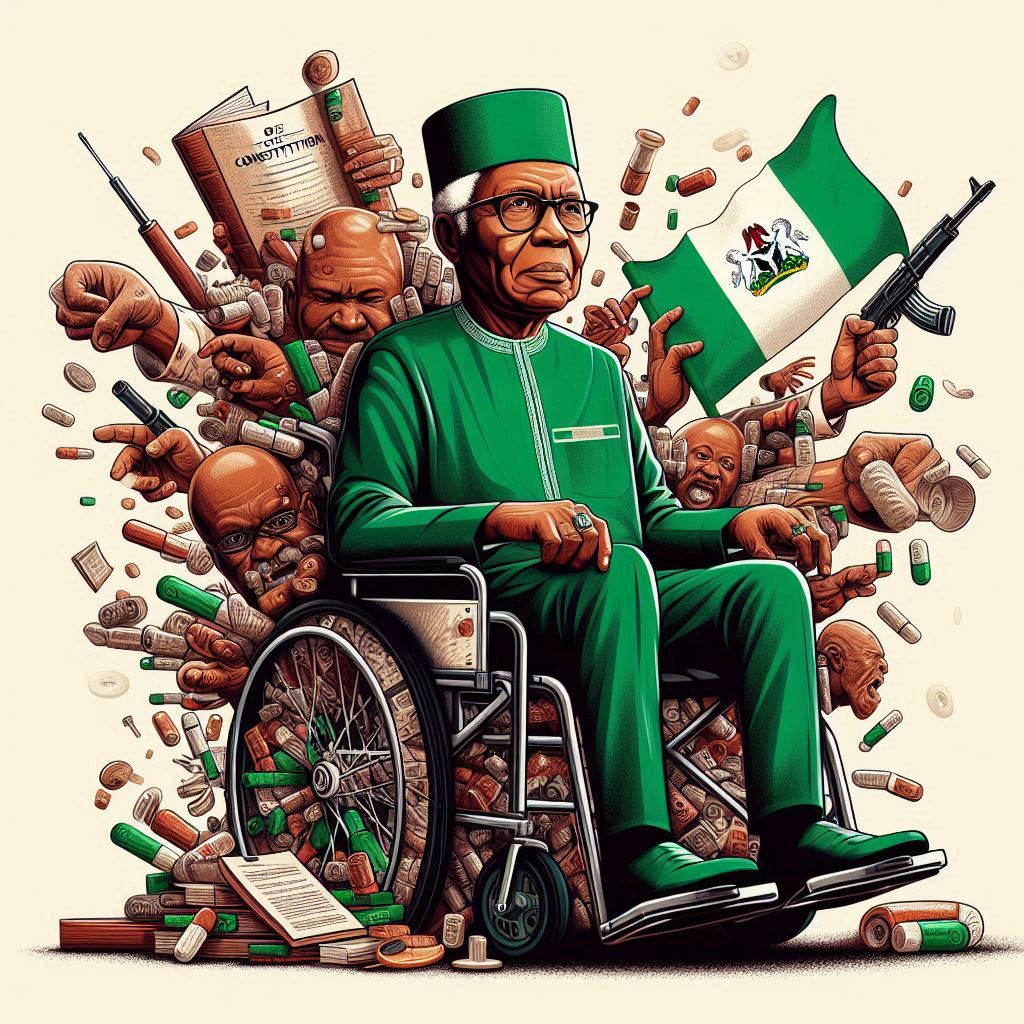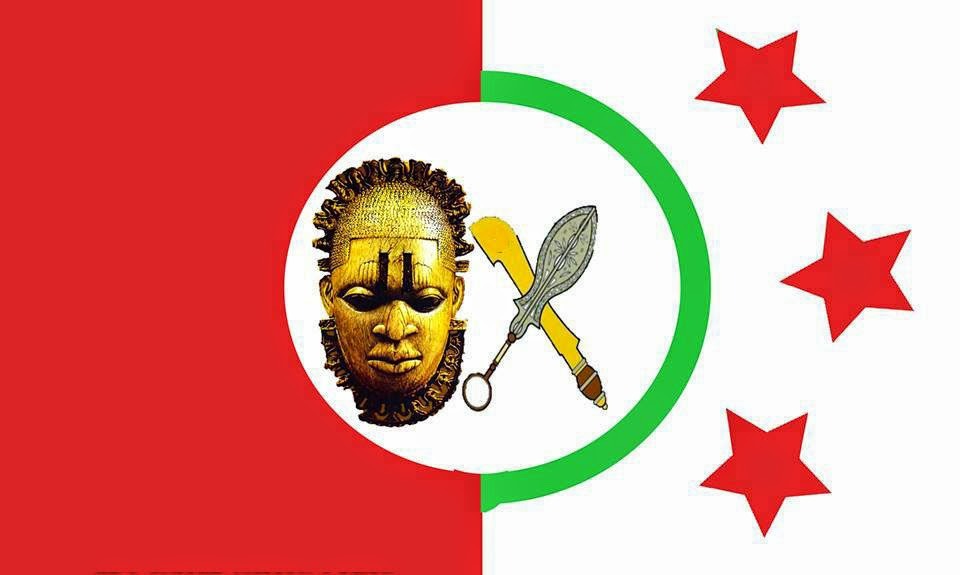OWERRI, 1969 [APPENDIX]
Notes on key commanders during the siege of Owerri
FEDERAL NIGERIAN SIDE
Colonel E.A. Etuk (rtd)
Throughout this essay I have referred to this fine officer as “Etuk.” In some publications he is referred to as “Utuk” but I have used “Etuk” because that is what was used in the most recent official Army publication on the Civil War. Colonel EA Etuk (rtd) [N415] was admitted to the “Boys Company” (Nigerian Military School) in 1954 at age 14. In 1958, he graduated from NMS and was a soldier at the officer preparatory school at Apapa in Lagos. He was selected for further officer cadet training at Fort Dix in New Jersey, followed by six months of cavalry and armored training at Fort Knox in Kentucky, both in the United States – as part of the USAAF Officer Leadership Training program of that era. He was commissioned Second Lieutenant in June 1963, underwent further training and was welcomed home in 1964 by then Defence Minister, Alhaji Muhammadu Ribadu.
Etuk served as a subaltern in the 4th Battalion at Ibadan under the late Lt. Col. Abogo Largema. As a Captain he was deployed to the 2nd Brigade at Apapa under the late Brigadier Zakaria Maimalari. During the count down to the war he rejected an invitation by Colonel Effiong to return to the eastern region to fight under Ojukwu. He was subsequently a staff officer (operations), charged with weapons acquisition under Lt. Col. Iliya Bissala at AHQ and went on arms purchasing missions abroad for Nigeria at the onset of the civil war. In October 1967, Lt. Col. Bissala prevented then Lt. Col. Murtala Mohammed from drafting Etuk to the 2nd Division for the disastrous Onitsha assault river crossing. However, he was later literally “hijacked” by Lt. Col. B.A.M. Adekunle and deployed to the 3rd Division as the Officer Commanding the 8 Battalion in Calabar. After battalion operations in the Calabar-Itu-Ikot-Ekpene axis he was redeployed to Port Harcourt as Commander, 16 Brigade. As a Field Major, he took part in the successful 3MCDO campaign for Port Harcourt along with officers like Lt. Col. Filemon Shande, Lt. Col. Pius Eromobor, Major George Innih, and (initially) Adaka Boro, among others.
After the fall of Port Harcourt, Etuk was tasked (as a Field Lt. Col.) with the capture of Owerri as part of “Operation OAU”.
As the commander of the subsequently beleaguered 16th Brigade, he emerged among all the Nigerian field commanders of the civil war as the most highly thought of by his Biafran opponents. According to Madiebo,
“….. the enemy force at Owerri which was the [16] Brigade under a young Calabar officer called Utuk [Etuk], was easily the best fighting unit fielded by Nigeria throughout the war. Right from Port Harcourt, and particularly at Afam, it had become obvious that the Brigade was a force well led. Inside Owerri, they fought with extraordinary courage, flexibility and determination. The withdrawal of the Brigade from Owerri was tactically tidy and well planned and executed. Without doubt no other Nigerian Brigade could have withstood for more than a month the punishment the enemy [16] Brigade absorbed with patience for over four months. Only that Brigade could have got out of Owerri under the circumstances.”
After the Owerri debacle, Lt. Col. Etuk was temporarily appointed Garrison Commander for Port Harcourt before returning to command the newly reinvigorated 16 Brigade under the new 3MCDO Commander during “Operation Tail Wind” – the final offensive of the war. His second-in-command this time around was Captain Buhari, a former NCO and concessional commissioned officer who had distinguished himself during the Owerri breakout.
However, Madiebo is not the only former Biafran military leader to complement Etuk. When the war finally ended in January 1970, after Ojukwu and Madiebo had fled into exile, Etuk joined then Colonel Obasanjo for a meeting with the Biafran high command, which was going through the process of surrendering. After the formal introductions, Colonel Joe ‘Hannibal‘ Achuzia, who mostly commanded the Biafran ‘Republic of Benin’ Division but had faced Etuk in battle at various times in Port Harcourt and Owerri, asked,
“Are you the Etuk who gave us all these headaches and all these troubles?”
Etuk later privately hosted former Biafran Chief of General Staff and COS (DHQ) Major General Phillip Effiong for a meal. Effiong reportedly said:
“You, this boy, you gave us headache.”
Colonel EA Etuk (rtd) was retired from the Nigerian Army in January 1979.
Captain (Field Major) ATG Hamman
Ted Hamman, as he was popularly known, grew up in Maiduguri. He entered the Nigerian Military Training College (NMTC) on December 10, 1962, along with now well-known personalities like Ibrahim Babangida, Garba Duba, Mamman Vatsa etc. After six months of basic training, he proceeded to the Mons Officer Cadet School at Aldershot in the UK. He was commissioned Second Lieutenant in February 1964.
As a subaltern, he served in the 1st battalion at Enugu. He was among the non-eastern officers and soldiers evacuated from Enugu in September 1966 (along with Adekunle, Jalo, Jega, Yar’Adua and others) when there was break down of law and order following the events of the weekend of July 29, 1966. They went by train to Kaduna and then to Lagos. Upon arrival in Lagos the unit was redesignated the 6 Battalion at Ikeja Barracks and Lt. Ted Hamman replaced Yar’Adua as the adjutant. The Commander was then Major Benjamin Adekunle. The second-in-command was Gibson Jalo. Adekunle subsequently moved on to take command of the Lagos Garrison Organization (which had been previously commanded by Anthony Eze).
When the civil war broke out in July 1967, the Lagos Garrison Organization (LGO) was tasked with operations along the Biafran seaboard, beginning with the capture of Bonny, in support of the naval blockade. Following the surprise Biafran invasion of the Midwest in August, units of the Garrison were redeployed from planned operations against Calabar to clear Biafran troops from the riverain areas of the Midwest. They concentrated at Escravos and were subsequently christened the 3rd Marine Commando (3MCDO) division. Three battalions, the 32 Bn under Ted Hamman, 31 Bn under AR Aliyu, and 8 Bn under Anthony Ochefu took Koko, Sapele, and Warri, before exploiting northwards to link up with Lt. Col. Murtala Mohammed’s 2nd Division.
Elements of the 3rd MCDO then disengaged from the Midwest (leaving Yar’Adua, Jega and Jalo behind to merge with 2 DIV) and returned to carry out ‘Operation Tiger Claw’, the seaborne landing and capture of Calabar. The two lead battalions for the Calabar operation were under Ted Hamman and Anthony Ochefu. Hamman commanded the 33 Bn that set ashore on the Henshaw Town beach. When the 16th Brigade was created, Hamman was ordered to move his 33 Bn to form up with two other battalions under Etuk for the assault on Port Harcourt and subsequent “Operation OAU”.
It was as the second-in-command to Etuk, during the siege of Owerri, that Major Hamman was killed by sniper fire on April 20, 1967.
Brigadier Benjamin Adekunle (rtd)
Born in 1937 to an Ogbomosho father and Bachama mother, the Asipa of Ogbomosho, Brigadier Benjamin Adesanya Maja Adekunle (rtd) underwent secondary education at the Government College Okene (in present day Kogi State). He joined the Nigerian Army on March 15th, 1958. After basic training at the ROSTS in Teshie, Ghana, he proceed to the Royal Military Academy at Sandhurst in the UK. He was commissioned 2/Lt on December 15, 1960. As a platoon commander, he served in the Kasai province of Congo with the 1QONR (1st Battalion) during his first tour of duty with UN Peace-Keeping operations in that country (ONUC). In 1962, Lt. Adekunle became Aide-de-Camp to the Governor of the eastern region, Sir Akanu Ibiam. The following year, as a Captain, he was posted back to the Congo as Staff Captain (A) to the Nigerian Brigade HQ at Luluabourg - under Brigadier B. Ogundipe. In 1964, Major Adekunle attended the Defence Services Staff College at Wellington, in India. When he returned he was briefly appointed Adjutant General at the AHQ in May 1965 to replace Lt. Col. Gowon, who was proceeding on a course outside the country. However, he later ceded the position to Lt. Col. James Pam and was posted back to his old Battalion (1st Bn) in Enugu as a Company Commander.
In May 1966, Major Adekunle was among those passed over for promotion during Major General Ironsi's Army promotion exercise.
However, Adekunle came to public attention, when, in August 1966, he led a unit of soldiers of non-eastern origin who were then part of the 1st battalion by train out of Enugu in the east, enroute to Lagos in the south west via Kaduna in the north. This was prompted by a recommendation by the regional conference in Lagos (following the bloody chaos of the July 29 northern counter-coup.) It suggested that not only were military personnel to be posted to Barracks in their regions of origin, but "for security reasons, the Supreme Commander should take charge of peace and security in Lagos." The mutinous 2nd and 4th Battalions at Ikeja and Ibadan, respectively, were ordered to move to Kaduna and other northern cities while non-eastern elements of the 1st Battalion in Enugu were deployed to Ikeja in Lagos to replace the notorious 2nd battalion. However, the trip to Lagos from Enugu was full of high drama. Adekunle narrowly escaped being killed near Minna when he challenged mutinous troops of northern origin under his command for murdering two officers of Igbo origin who had joined the Train in Kaduna enroute to Lagos with plans to proceed back to the East. Indeed, Adekunle claims that the scar of a bayonet wound he still carries to this day, was inflicted by then Lt. Shehu Musa Yar'Adua. When the non-eastern ethnic component of the 1st Battalion finally arrived in Lagos it was redesignated the 6th Battalion - under Major BAM Adekunle.
He later assumed command of the Lagos Garrison Organisation as a substantive Lt. Col. When the civil war erupted in July 1967, Adekunle was tasked to lead elements of the LGO - which now included two new battalions (7th and 8th) - to conduct the historic sea borne assault on Bonny. He was promoted temporary Colonel after the Bonny landing. The 6th (under Major Jalo) and 8th (under Major Ochefu) battalions of the LGO subsequently took part in operations to liberate the Midwest following the Biafran invasion of August 1967. The 7th (under Major Abubakar) stayed behind to hold Bonny. Because Major Jalo's outfit was seconded to Lt. Col. Murtala Mohammed's 2nd Division, Adekunle was left with only the 8th Battalion at Escravos. He, therefore, protested to AHQ and got the LGO upgraded to Brigade status through the creation of the 31 and 33 Battalions (under Majors Aliyu and Hamman, respectively). This Brigade, combined with elements of the LGO along the eastern seaboard, was officially designated the 3 Infantry Division.
However, Colonel Adekunle did not think the name "3 Infantry Division" was sensational enough nor did it project the nature of the unique terrain in which his men had to fight. Therefore, without formal approval from AHQ, he renamed it the " 3 Marine Commando (3MCDO)."
According to Brigadier Adekunle (rtd),
"It was being called 3 Division. Why then 3 Division? Why not give it a new name, a new drive, a new sense of purpose? That was why I called to say look, let me look for an animal that is wicked but at the same time looks very human and the animal that occurred to me then was an Octopus. Octopus will be sucking your blood and at the same time shedding tears for you. While it has all his arms round you, shedding tears and sucking the whole of the blood and yet you find that it is oozing you bit by bit. The Octopus became the insignia of the Division, which is still being maintained today. It was the European journalists at Port Harcourt who mistook the Octopus for Scorpion. That was how the name "Black Scorpion" originated."
Other sources claim that Adekunle was also unhappy that Lt. Col. Murtala Mohammed's Division was named the 2nd Division - when in fact it entered the war after his units had already seen action at Bonny.
Adekunle's boys in the Midwest seized Escravos, Burutu, Urhonigbe, Owa and Aladima. They captured Bomadi and Patani, Youngtown, Koko, Sapele, Ajagbodudu, Warri, Ughelli, Orerokpe, Umutu and Itagba Uno. They moved in force into Kwale, eventually linking up Murtala Mohammed's 2nd Division as he charged down from Owo through Sabongida Ora, Uzebba and Iruekpen, eventually arriving at Umunede and Ogwashi-Uku after taking Benin City through Ekpoma, Ehor and Oluku. Another one of Mohammed's Brigades advanced directly along a west-east axis from Ore.
Adekunle's next task was to take Calabar - Operation Tiger Claw - the success of which made Adekunle internationally famous. He quickly gained a reputation for fearlessness, daring, and tactical innovation. There were reports of him leading troops into battle - from the front. He even climbed into Air Force aircraft to personally supervise bombing runs or go on recce. However, Air Vice Marshall Yisa Doko (rtd) seems to recall that Adekunle did not find it funny when they flew into anti-aircraft fire on one occasion, frantically demanding to be taken back to base. Aware of his growing reputation, he began to court the Press. The popular musician, Sunny Ade, even waxed a record in his name.
Then he took on targets in the Uyo, Annang and Aba provinces. Although Port Harcourt and Owerri were initially part of the 2nd Division area of responsibility and Obubra under the 1st Division assignment, Adekunle took them all on under the wings of the 3MCDO. Witnesses say he often carried a club that he used to urge soldiers on in battle. By May 19th, 1968 he had taken the strategic city of Port Harcourt oblivious to a few disasters along the way like Onne, Arochukwu and Aletu. It was at Port Harcourt that he made his now famous promise that he would seize Owerri, Aba and Umuahia within two weeks (Operation OAU).
Among his many melodramatic and controversial public remarks was the statement he made that,
"....We shoot at everything that moves and when our troops march into the centre of Ibo territory, we shoot at everything, even at things that do not move... "
Following the disaster at Owerri and near-mutiny among his troops, he was recalled to Lagos in May 1969, promoted substantive Colonel and appointed Director of Training and Planning at the SHQ, a position he held until the end of the war. He was subsequently made the Military Commandant of the Port Decongestion Task Force. He was destined never to command troops again.
Benjamin Adekunle was promoted Brigadier in 1972. On August 20th, 1974, along with Brigadier Sotomi, he was compulsorily retired from the Army following an international hemp trafficking scandal involving a businesswoman called Ms. Iyabo Olorunkoya.
OTHER OWERRI RELATED FEDERAL OFFICER PROFILES TO BE FEATURED (AMONG OTHERS) IN FUTURE
These are officers named one way or the other during the course of this essay who may or may not have been directly involved in the Owerri disaster but served in the theater of operations in some role at that time. Ranks reflect the most recent standing of the officers concerned not their ranks or relative importance at the time of the war. Some are deceased. A few have been dismissed, executed etc. Most of the 1st Division officers listed were directly involved in the fall of Umuahia – which had a direct impact on Owerri.
General Yakubu Gowon (SHQ)
General Olusegun Obasanjo (3MCDO)
General IB Babangida (1DIV)
Lt. General Alani Akinrinade (3MCDO)
Lt. General Garba Duba (1DIV)
Lt. General M. Balarabe Haladu (1DIV)
Major General M. Shuwa (1DIV)
Major General James Oluleye (AHQ)
Major General Ibrahim Haruna (2DIV)
Major General Iliya Bissala (1DIV)
Major General Hassan Usman Katsina (AHQ)
Major General George Innih (3MCDO)
Major General A. Shelleng (1DIV)
Major General Mamman Jiya Vatsa (1DIV)
Major General Emmanuel Abisoye (1DIV, 3MCDO)
Major General AB Mamman (1DIV)
Major General YY Kure (1DIV)
Brigadier Pius Eromobor (3MCDO)
Brigadier SE Tuoyo (3MCDO)
Brigadier Ibrahim Bako (1DIV)
Brigadier Godwin Ally (2DIV, 3MCDO)
Brigadier Gordon Alabi-Isama (3MCDO)
Colonel ADS Wya (1DIV)
Colonel Steve Samaila D. Yombe (1DIV)
Lt. Col. Filemon A. Shande (3MCDO)
Lt. Col. JO Ayo-Ariyo (3MCDO)
Lt. Col. LA (Yemi) Alabi (3MCDO)
Lt. Col. JA Makanjuola (3MCDO)
Lt. Col. AR Aliyu (3MCDO)
Lt. Col. MB Ndakotsu (1DIV)
Major MO Isemede (3MCDO)
Captain (Field Major) Ado Mohammed (1DIV)
BIAFRAN SEPARATIST SIDE
Former Lt. Col. Chukwuemeka Odumegwu Ojukwu [Biafran General]
Born in November 1933, Biafran General Chukwuemeka Odumegwu Ojukwu (rtd) attended Epsom College in 1947 followed by Lincoln College at Oxford University in 1952, eventually acquiring a Graduate Degree in History in 1955. He then became an assistant district officer in the Eastern region for two years before joining the Nigerian Army on September 2nd, 1957. After six months training at Eaton Hall Officer Cadet School in Chester, England, he was short-service commissioned 2/Lt. on March 22nd, 1958. Almost immediately, citing his possession of a University degree, his seniority was, however, backdated to September 22, 1955 as a 2/Lt. and September 22, 1957 as a Lt. He underwent infantry officer courses at Hyth and Warminster in the UK before returning to Nigeria in December 1958 as Company Commander in the 5th Queens Nigeria Regiment (Battalion). He took part in the counter-insurgency campaign along the Cameroon border in 1959 before serving as an instructor in tactics and military law at the Regular Officers' Special Training School (ROSTS) in Teshie, Ghana. He was promoted Captain on September 22, 1961 and became the Deputy Assistant QuarterMasterGeneral (DAQMG) of the 1st Brigade. As a Captain he served in the Nigerian Brigade HQ at Luluaborg in the Congo as part of UN Peace Keeping Forces in early 1962. After six months tour of duty in the Congo he attended the Joint Services Staff College in Latimer, UK. He returned in December 1962 and was promoted substantive Major on March 7, 1963. He was then promoted substantive Lt. Col. on April 1st, 1964 and became the first indigenous Quarter-Master-General (QMG) of the Nigerian Army. In December 1964, just prior to the federal elections during which he was alleged to have attempted recruiting others for a coup plot, he was appointed Commander of the 5th Battalion in Kano. This was the position he was holding at the time of the first actual Nigerian military coup attempt on January 15th, 1966. For his complex role in undermining the coup leaders in Kaduna (led by Major PCK Nzeogwu) he was rewarded with the position of Military Governor of the Eastern region when the GOC, Nigerian Army, Major General Aguiyi-Ironsi took full control of the country on January 17, 1966. Some have accused Ojukwu of duplicity, allegedly because Nzeogwu had apparently recruited him beforehand and got the impression that he was in support.
Following over one year of difficult circumstances in the country, including disagreements over the interpretation of the outcome of the Aburi meetings in Ghana, the die was cast. It was as Military Governor of the eastern region (later East Central State after Gowon created 12 new States) that Ojukwu declared Biafran secession on May 30, 1967. On July 1st 1967, Gowon, in Gazette No. 51, Vol. 54 Part B, revoked the appointment of Ojukwu as Military Governor of the East Central State. Four days later, on July 5th, 1967 a day before the shooting stage of the Nigerian civil war actually broke out he was dismissed from the Nigerian Army. As Head of State of Biafra, he transposed into a Colonel in the Biafran Army before promoting himself General of the Peoples' Army in June 1969, following the Biafran recapture of Owerri. He fled into exile in January 1970 but was later pardoned by President Shehu Shagari and returned to Nigeria in 1982.
Former Lt. Col. Alexander A. Madiebo [Biafran Major General]
Biafran Major General Alexander A. Madiebo (rtd) joined the Nigerian Army on May 28th, 1954 after secondary education at the Government College, Umuahia. He attended the ROSTS in Teshie, Ghana, before proceeding to the Eaton Hall Officer Cadet School in Chester, England, after which he attended the Royal Military Academy at Sandhurst. He was regular commissioned 2/Lt. on December 21st, 1956. He was initially posted to the Artillery unit until the Nigerian Defence Council disbanded it in late 1957 in favor of a Recce unit. He later served in the Reconnaisance Squadron as a Troop Commander during the counter-insurgency campaign along the Cameroon border in 1959. As a Recce Troop commander, then Lt. Madiebo was among the first Nigerian soldiers to be deployed in November 1960 to Bukavu in the Congo for peace-keeping operations under the 5 Queens Own Nigeria Regiment (Battalion). He returned to Nigeria after six months and later served as the adjutant of the 3rd Queens Own Nigeria Regiment (Battalion) in Ibadan in 1962 during Operation Banter - the internal security operation in the Western region. He was however, sent back to Katanga in the Congo - as a Captain - for another tour of duty later that year in preparation for the assault river crossing of the Lualaba river in January 1963. Later that year, as a Major (effective March 16, 1963), Madiebo then underwent further training in Artillery both in the UK and the US before returning to Nigeria in 1964 as the first indigenous Commander of the newly recreated Artillery regiment in July 1964. It was as the Regimental Commander of Artillery in Kaduna that he played a key role in negotiating an end to the delicate military crisis that erupted between Major Nzeogwu and Major General Ironsi following the coup attempt of January 15, 1966. (Madiebo was neither informed, nor did he take part in the January 15 coup) He was in the same Sandhurst seniority cohort as Yakubu Gowon, Arthur Unegbe, Michael Okwechime, and Patrick Anwunah, but was not promoted substantive Lt. Col. until May 1966, having lost seniority to Gowon and Unegbe. He miraculously escaped from Northern Nigeria during the break down in law and order following the July 1966 countercoup and made his way back to the Eastern region. When Ojukwu declared Biafran secession in May 1967, Madiebo was in the Eastern region. He was dismissed from the Nigerian Army along with Ojukwu on July 5th, 1967, but transposed into the Biafran Army with the same rank.
Madiebo's first command in the new Biafran Army was as the commander of the 7 battalion in the Nsukka sector. He was later asked to take command of the new 51 Brigade based at Udi. This Brigade was responsible for the 1st Bn at Ogoja, 14th Bn at Abakaliki, and the 7th Bn at Nsukka. Madiebo, therefore, supervised most of the initial Biafran resistance at Garkem, Obudu and Nsukka sectors. Following the crisis of confidence between then Biafran Army Commander, Lt. Col. [Brigadier] Hilary Njoku and Ojukwu, Madiebo assumed command as GOC of the Biafran Army with the rank of Major General in September 1967. At 0300 on January 11, 1970, Major General Madiebo joined General C. O. Ojukwu, Michael Okpara, and NU Akpan at the Uli-Ihiala airstrip for the flight into exile "in search of peace". Biafra collapsed the next day.
COMING PROFILES OF BIAFRAN PERSONALITIES DURING THE SIEGE OF OWERRI
Former Lt. Col. Ogbugo Kalu [Biafran Brigadier]
Biafran Colonel Joe “Hannibal” Achuzia (rtd)
Lt. Col. Lambert Ihenacho (rtd) [Biafran Colonel]
Lt. Col. Chris F. Ugokwe (rtd) [Biafran Colonel]
Former Captain HA Asoya [Biafran Colonel]
Major Timothy O Onwuategwu [Biafran Lt. Col.]
Lt. TI Atumaka [Biafran Major]
2/Lt. G Obi Igweze [Biafran Major]
Former 2/Lt. BO Ikejiofor [Biafran Major
CONTINUED

